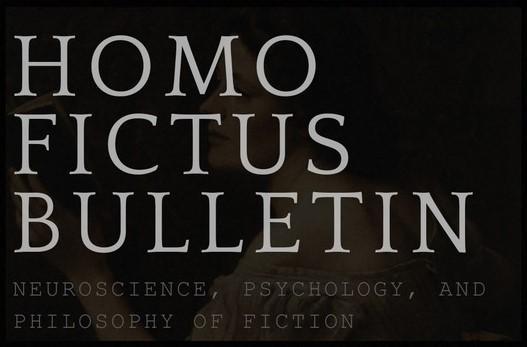Have you ever wondered what happens in your brain when you lose yourself in a gripping short story? Research shows that reading fiction isn’t just a passive activity—it’s an immersive experience that engages multiple brain regions. When we read, we simulate the story in three distinct ways: motor simulation (imagining physical actions), perceptual simulation (re-enacting sensory experiences), and mental simulation (understanding characters’ inner worlds). But what are the neural substrates of these simulations? Do they follow distinct pathways, or do they converge in a specific brain region? Mak and colleagues’ (2023) study sheds light on these questions.
Study overview
 In this study, researchers recruited 40 participants aged 18–43 with normal vision and no history of dyslexia, brain surgery, or epilepsy. Participants read two short, descriptive stories inside an MRI scanner and equipped with an eye-tracking device to monitor their eye movements during reading. While still undergoing brain scanning, their subjective experiences of the stories were assessed using questionnaires measuring story world absorption and story appreciation. After the scan, their trait-level personal characteristics were evaluated through empathy and transportability questionnaires.
In this study, researchers recruited 40 participants aged 18–43 with normal vision and no history of dyslexia, brain surgery, or epilepsy. Participants read two short, descriptive stories inside an MRI scanner and equipped with an eye-tracking device to monitor their eye movements during reading. While still undergoing brain scanning, their subjective experiences of the stories were assessed using questionnaires measuring story world absorption and story appreciation. After the scan, their trait-level personal characteristics were evaluated through empathy and transportability questionnaires.Findings
Eye movement analysis showed that motor descriptions were read faster, while perceptual and mental descriptions slowed reading due to more complex cognitive demands. Furthermore, trait-level factors like empathy and transportability had a stronger influence on brain activation than state-based factors like story absorption, emphasizing the role of personality in narrative simulation.
* The supramarginal gyrus functions as a hub where multiple brain networks intersect, including the default mode network (involved in self-perception and mind-wandering) and the mentalizing network (responsible for social cognition).
Disclaimer
This blog post is based on scientific research about the brain’s response to reading fiction and is intended solely for public awareness.
For detailed information, please refer to the original article.
Mak, M., Faber, M., & Willems,
R. M. (2023). Different kinds of simulation during literary reading: Insights
from a combined fMRI and eye-tracking study. Cortex, 162, 115-135. https://doi.org/https://doi.org/10.1016/j.cortex.2023.01.014
Picture Credit.
Miss Auras, The Red Book by John Lavery



